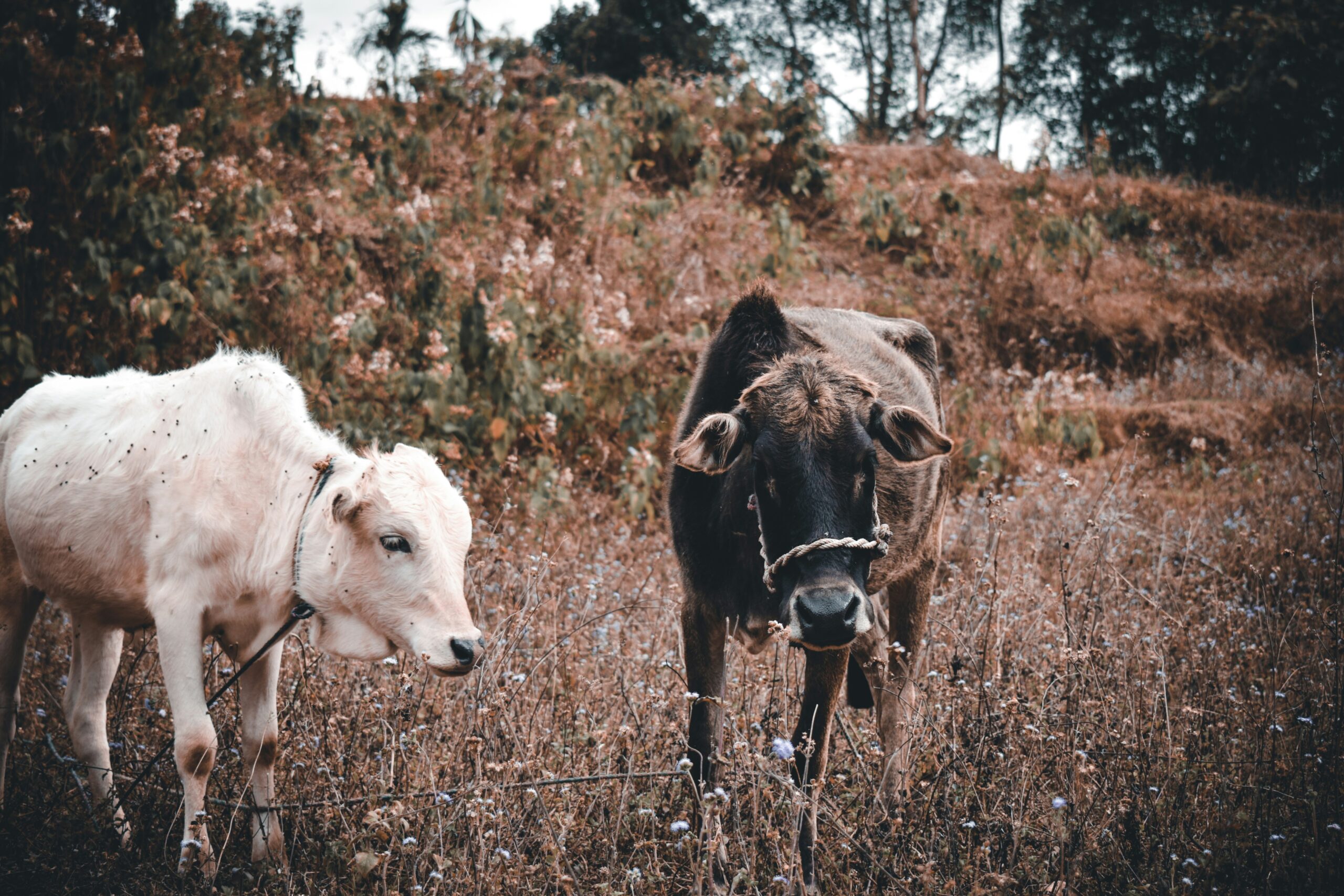
Why Can’t All Species Be Domestic-ated?
Dogs live in our homes. Horses pull our carts. Chickens give us eggs. Yet zebras, elk, antelope, and countless other animals have never made that leap. It’s not for lack of trying, humans have attempted to domesticate all kinds of species. But evolution doesn’t make everyone equally easy to work with.
Tamed ≠ Domesticated
First, a quick distinction: a tame animal is one that’s used to humans. A domesticated animal is genetically shaped over generations to live and thrive with us. Domestication is not about personality, it’s about biology, behavior, and time.
For a species to be domesticable, it needs to have all of the following traits:
-
A flexible diet (herbivores are easier than carnivores).
-
Willing to reproduce in captivity.
-
A social hierarchy humans can slot into.
-
Low aggression toward humans and other animals.
-
And the ability to stay calm in confinement.
Why some animals just don’t qualify
Take the zebra. Strong, fast, and herbivorous – check. But it’s also hyper-aggressive, doesn’t form structured herds, and is nearly impossible to breed in captivity. Evolution shaped it for survival, not cooperation.
Or think about cheetahs. They’re elegant and calm, but their stress levels spike in confinement, and they’re terrible breeders under pressure. Domestication wouldn’t work without overhauling what makes them cheetahs in the first place.
Over thousands of years, humans didn’t just tame animals, they reshaped them genetically. That’s why dogs aren’t just friendly wolves, and cows don’t behave like wild bison.
